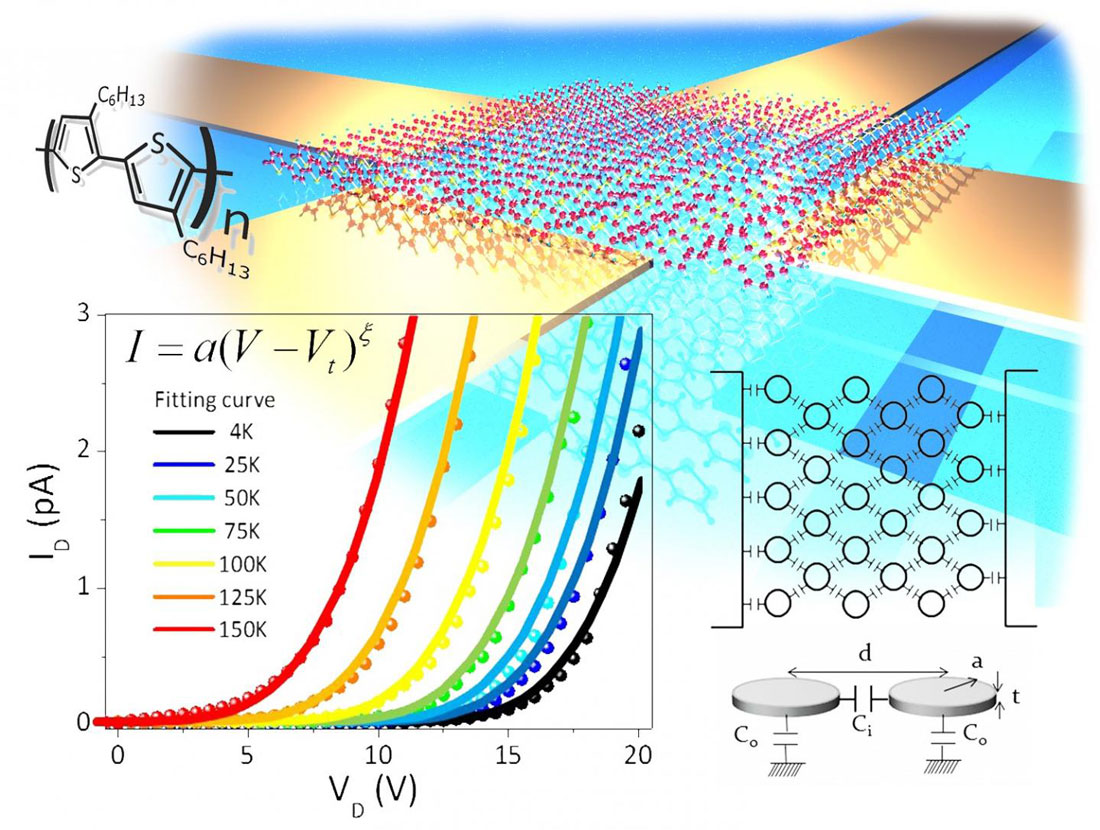Coulomb Blockade: Controlling Electron Flow at the Nanoscale
What is Coulomb Blockade?
Coulomb blockade is a phenomenon in which the flow of electrons through a nanostructure, such as a quantum dot or a single-electron transistor, is restricted due to the electrostatic repulsion between electrons. This effect occurs when the charging energy of adding an extra electron to the nanostructure is greater than the thermal energy, leading to a suppression of electrical current at low bias voltages.

Key Concepts in Coulomb Blockade
To understand Coulomb blockade, it is essential to grasp the following key concepts:
Charging Energy
The charging energy (EC) is the energy required to add an extra electron to the nanostructure. It is given by EC = e2 / (2C), where e is the elementary charge and C is the capacitance of the nanostructure. For Coulomb blockade to occur, the charging energy must be greater than the thermal energy (kBT), where kB is the Boltzmann constant and T is the temperature.
Quantum Confinement
Quantum confinement plays a crucial role in Coulomb blockade. In nanostructures such as quantum dots, the electrons are confined in all three spatial dimensions, leading to discrete energy levels. The separation between these energy levels must be greater than the thermal energy for Coulomb blockade to be observable.
Tunnel Barriers
Tunnel barriers are thin insulating layers that separate the nanostructure from the electrodes (source and drain). These barriers allow electrons to tunnel in and out of the nanostructure when the applied bias voltage overcomes the charging energy. The resistance of the tunnel barriers must be sufficiently high to prevent unwanted electron flow.
Coulomb Blockade in Single-Electron Transistors
Single-electron transistors (SETs) are devices that exploit Coulomb blockade to control the flow of individual electrons. A typical SET consists of a quantum dot connected to two electrodes via tunnel barriers and a gate electrode capacitively coupled to the quantum dot.
In an SET, the Coulomb blockade leads to a staircase-like current-voltage characteristic, known as the Coulomb staircase. Each step in the staircase corresponds to the addition of an extra electron to the quantum dot. By applying a voltage to the gate electrode, the energy levels in the quantum dot can be shifted, allowing for precise control over the electron flow.
Applications of Coulomb Blockade
Coulomb blockade and single-electron transistors have potential applications in various fields:
Ultra-Low Power Electronics
SETs can operate at extremely low power levels, making them promising candidates for ultra-low power electronic devices. By controlling the flow of individual electrons, SETs can perform logic operations and memory storage with minimal energy consumption.
Quantum Computing
Coulomb blockade is also relevant in the field of quantum computing. Quantum dots exhibiting Coulomb blockade can be used as quantum bits (qubits), the building blocks of quantum computers. The discrete energy levels and the ability to control individual electrons make quantum dots suitable for implementing quantum logic gates.
Sensors
SETs can be employed as highly sensitive sensors due to their ability to detect minute changes in charge. They can be used to detect single molecules, biological entities, or changes in environmental conditions such as temperature or pressure.
Challenges and Future Perspectives
Despite the promising applications of Coulomb blockade and single-electron transistors, there are several challenges to overcome. One of the main challenges is the operation of SETs at room temperature. As the charging energy is inversely proportional to the capacitance of the nanostructure, extremely small quantum dots (on the order of a few nanometers) are required to achieve room-temperature operation.
Another challenge is the reproducibility and scalability of SET fabrication. Precise control over the size, shape, and position of quantum dots is essential for reliable device performance. Advances in nanofabrication techniques, such as electron beam lithography and self-assembly methods, are crucial for the large-scale integration of SETs into practical devices.
Future research in Coulomb blockade will focus on the development of novel materials and architectures for SETs, aiming to improve their performance, reliability, and compatibility with existing semiconductor technologies. The integration of SETs with other nanoscale devices, such as nanowires and carbon nanotubes, will also be explored to create hybrid systems with enhanced functionality.
Further Reading
Nature Nanotechnology, Coulomb blockade in an atomically thin quantum dot coupled to a tunable Fermi reservoir
Physical Review Letters, Coulomb Blockade in a Nonthermalized Quantum Dot
Physical Review B, Thermal decay of Coulomb blockade oscillations
